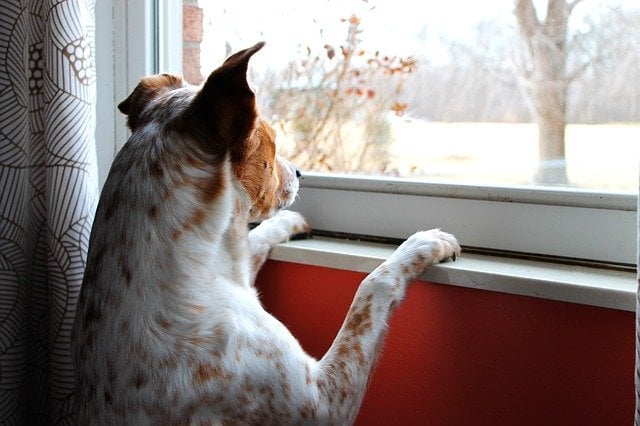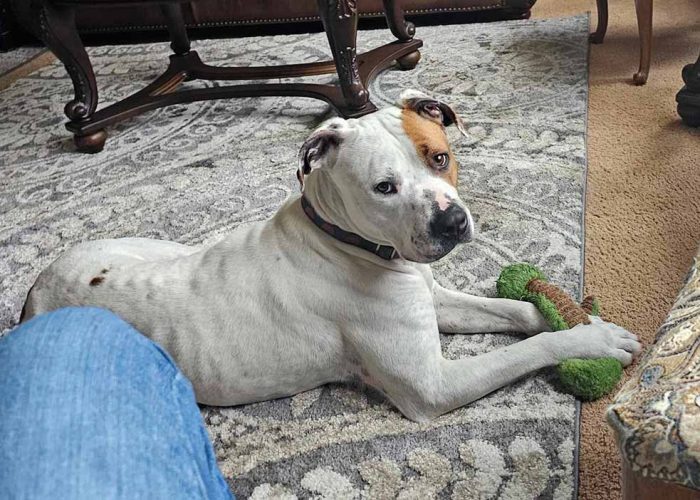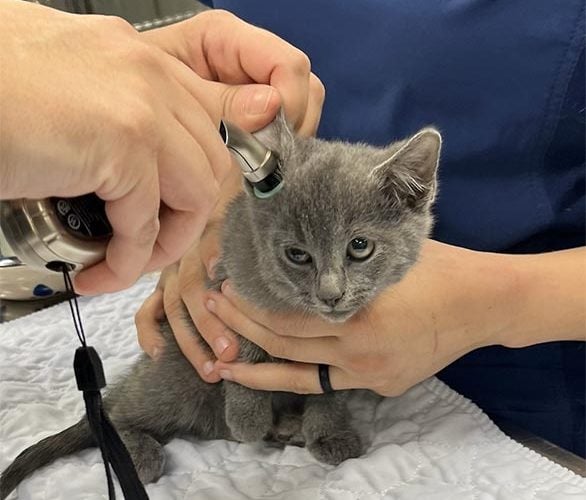This pandemic started off with lots of stories of dogs being thrilled over their humans being home all the time. And while it’s been a great boon to a lot of folks to have their furry friends nearby during this stressful time, there’s a flipside to all this attention. Separation anxiety in dogs is on the rise, and with it come a lot of questions about how best to approach this situation as people slowly try to regain some semblance of what their life used to be like.
What does separation anxiety look like?
One of the first things to keep in mind is that there are symptoms of separation anxiety that can be caused by other issues as well, so if you’re not sure, it’s always good to get your pet into their regular vet (if you can) to make sure you’re doing right by your dog.
Dogs that are experiencing separation anxiety don’t often show their symptoms until just before their humans leave or are already gone. So pay attention to the timing of these symptoms:
- pacing
- drooling, panting, salivating
- using the bathroom inside even though they’re fully house trained
- chewing, digging, and scratching objects like door, windows, or objects they know their owner likes (remote controls, shoes, slippers)
- howling, whining, and barking to excess
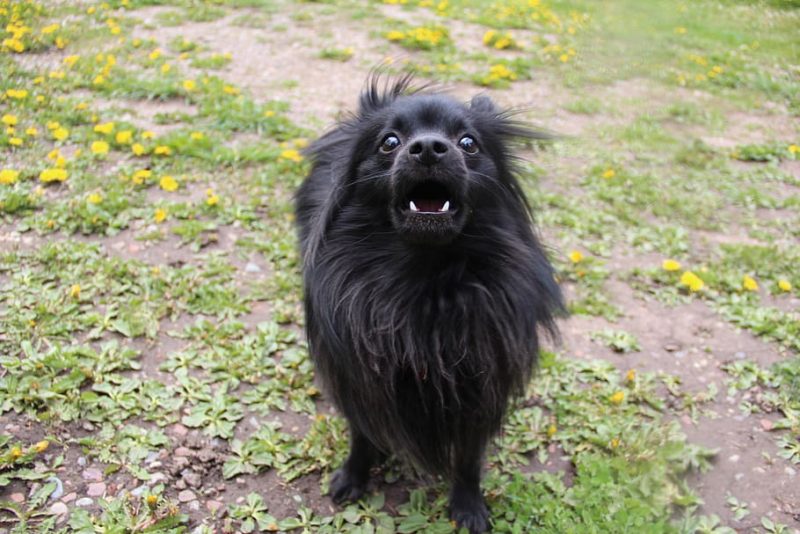
So what do you do?
One of the most important things you can do is make sure that your dog gets lots of exercise. If you let them exercise hard just before you leave, they might be too pooped to potty on your rug or destroy furniture. Also, making sure they have plenty of enrichment, like toys, that they can keep themselves entertained with when you’re gone ensures that they’ve always got something to keep them busy. After all, it’s like that old saying about idle paws, right? Keep ‘em busy.
Well, one of the easiest approaches is to get a puzzle toy (like a frozen Kong with peanut butter inside) that you can give them. Since their anxiety is at its highest point just after you leave, giving them something enjoyable to figure out during that time may stave off any destructive tendencies that their anxiety can bring on. It’s important that you only give them this treat when you leave the house, so they can create a positive association with you leaving. And make sure you take it away when you get home so that they understand that it’s a treat just for when they’re alone.
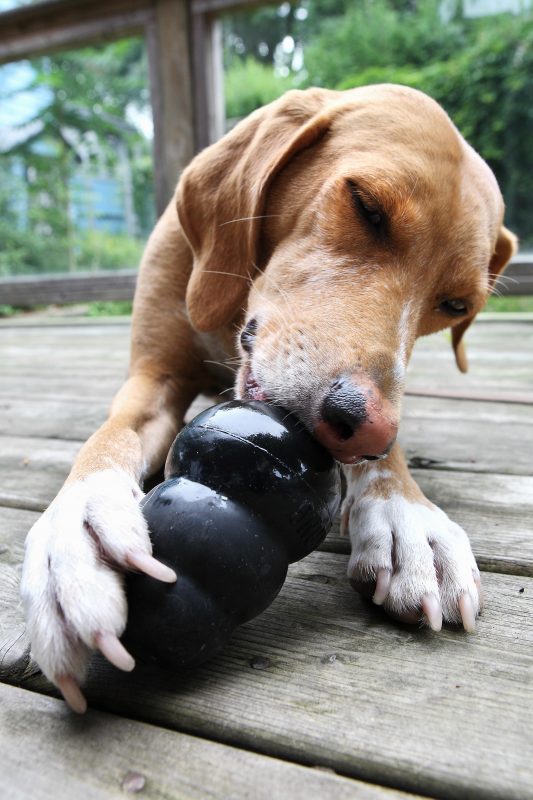
Another option is to look for the cues that make your dog anxious. Think about things like picking up your keys or bag, putting on shoes or a jacket, or really any indicator your dog may be given that you’re going to be on your way soon. Then start doing those things when you’re not leaving, like when you’re watching TV or reading a book. This desensitizes your dog to these cues so that they create alternate attachment to those signals.
Leaving some recently-worn clothes around can help as well, since they have your scent on them and can provide some comfort to them since they’re missing you. And speaking of scents, there are synthesized pheromone products, like Adaptil, that mimic the pheromone nursing dogs give off to calm their puppies. This can help not only with separation anxiety, but fear and anxiety from other sources like loud noises, fireworks, etc.
Consistency is the key here if you’re trying to train your pup to get used to a new scenario. Trying out a solution and not following through might make your dog confused, which could make their anxiety even worse. And if your dog’s separation anxiety continues despite everything, or gets worse, definitely talk to your full-service vet to see if they have recommendations.
